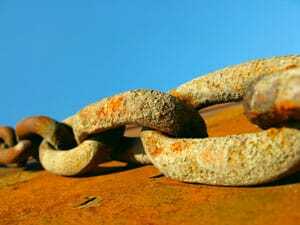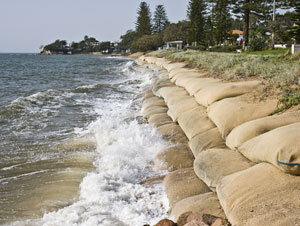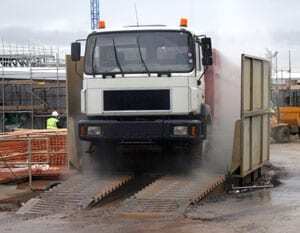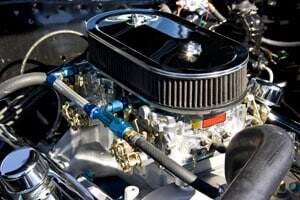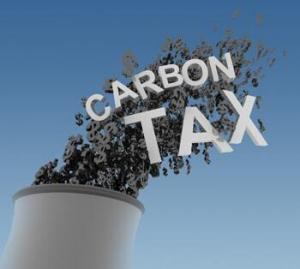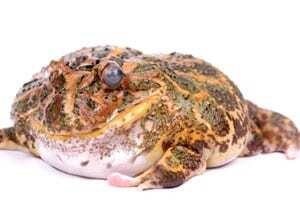Rust drastically affects machinery and the workings of many businesses and industries. It is activated and produced when red oxides are formed due to contact with water or air moisture or other strong acids and also some acids. It can also arise when iron and chlorine combine underwater. Most commonly however, it “consists of hydrated iron (lll) oxides andiron-oxide-hydroxide and given sufficient time” these will corrode and flake away, causing damage to your machinery, your structures, and your metal materials.[1]
According to Corrosion Cost – a website dedicated to the economic cost of corrosion, the United States spends $276 billion per annum fighting and dealing with rust and corrosion. Transportation, utilities, production and manufacturing and Government and infrastructure are all impacted with the largest sector – utilities – comprising 34.7% or $47.9 billion of the total outlay.[2]
It is estimated the annual cost in Australia may be around $13 billion according to some sources.[3] The CSIRO also states that the presence of sodium or salt, will greatly exacerbate corrosion and rust, and because Australia is a coastal development country, rust is a feature of life in major cities and towns right around Australia from Sydney to Perth, to Darwin and as far south as Tasmania.
The Dangers of chromates
The mitigation of rust and corrosion in a safe and effective manner has been of increasing concern over the past several years because of awareness of the dangers of chromates. These were often used as protective coaters and surfactants, but are now being phased out because of their toxic and carcinogenic potentials.
The Envirosafe Solutions alternative
Envirosafe Solutions has developed a highly effective and Extreme Green alternative to chromates with its Multi Purpose Lubricant. It is a product that is suitable for many applications and is specifically designed to displace moisture as well as penetrate rusted areas and slow down and impede the spread of corrosion. It is especially effective and suitable in any area where salt is present, such as coastal areas, and the mining and marine industries. It contains “no silicones, no kerosenes and no acid-forming compounds and will not dry out in normal use.”[4]
It has a range of specific and more general benefits such as:
- A reduction in maintenance and upkeep expenses
- A reduction in downtime due to machine malfunction, servicing or seizure
- Extremely safe for operators to apply and use
- An easy application – spray or brush onto areas needing treatment
- Also suitable as a soaking agent
If your equipment and machinery is unduly affected by rust and corrosion, and you require an effective and sound alternative to the old, be sure to contact Envirosafe Solutions and obtain a list of their rust removing and rust prevention products. Their friendly staff are able to assist with your enquiries. Telephone 1300 889070.
[1] http://en.wikipedia.org/wiki/Rust
[2] http://www.corrosioncost.com/home.html
[3] http://www.infospec.com.au/
[4] http://www.envirosafesolutions.com.au/productinnerpage.php?cat=18&product=17








